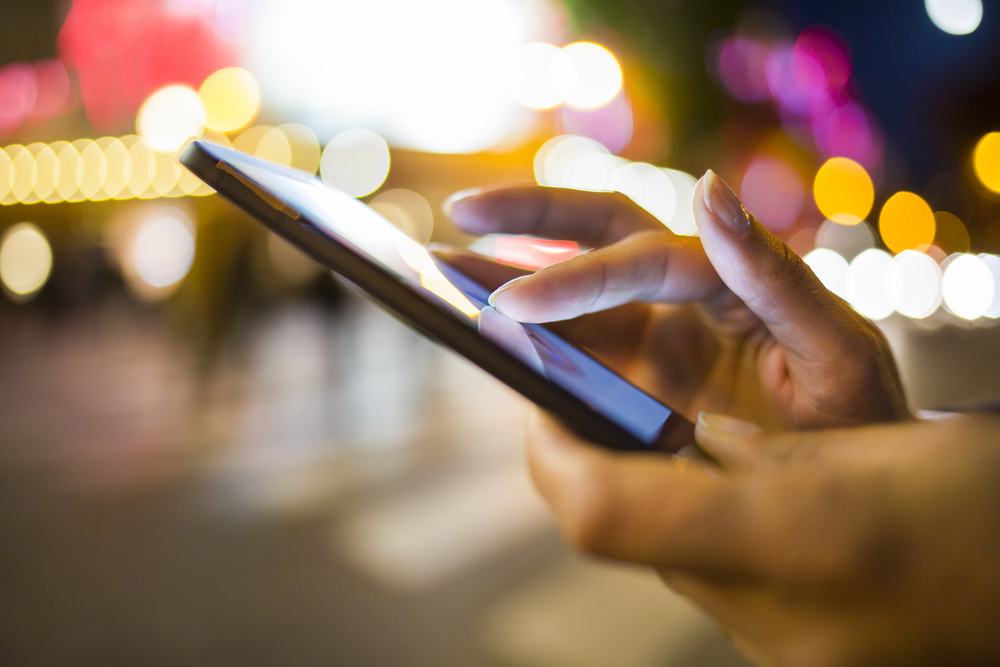Key takeaways
- OpenAI’s Sora app lets anyone make personalized deepfake videos.
- The app uses facial and voice data stored in the cloud.
- This raises serious biometric security and privacy worries.
- Hackers or bad actors could misuse the data for fake news.
- Stronger protections can keep innovation and trust in balance.
deepfake videos in the Sora App
OpenAI just released Sora, an app that uses Sora 2 technology to create deepfake videos. It asks users to upload their face and voice data. Then it crafts clips that look and sound like the real person. As a result, this tool can make movie scenes, funny skits, or even video messages. The promise sounds fun, yet it also sparks concern about our biometric security and privacy.
Users find the app simple. They record a few sentences, point the camera to their face, and upload the files. Within minutes, the app syncs the voice and facial moves. Soon, the user receives a lifelike video. This process makes deepfake videos more personal than ever. Moreover, the convenience means more people can experiment without technical skills.
deepfake videos: How They Work
First, the app analyzes your facial expressions and voice patterns. It uses machine learning to map every eyebrow flick and vocal tone. Then it stores this data on secure servers. Next, the app applies advanced algorithms to blend your face into chosen video clips. Finally, it overlays your voice in perfect sync, creating a seamless deepfake video.
Because the process hides the tech behind friendly menus, most users feel they control their content. However, the reality is more complex. The same data that makes your video look real can also recreate your image in harmful ways. Therefore, it is vital to think twice before uploading your biometric details online.
Security and Privacy Risks
Storing face scans and voice prints online brings big risks. If hackers break into the servers, they can steal your data. Once they have your voice patterns, they can trick voice-activated devices. With your facial map, they might fool some security systems that use facial recognition. Consequently, a single breach could harm many people.
Furthermore, bad actors can use your biometric data for misinformation. They could create a deepfake video that shows you endorsing false claims. This might confuse your friends, family, or even the public. In addition, criminals could forge messages to scam your contacts. Because deepfake videos look so real, spotting a fake in time becomes harder.
The app’s current safeguards may not meet the challenge. While OpenAI says they use encryption and limited access controls, these steps may not stop all attacks. Also, users rarely read lengthy privacy policies. Therefore, they might not realize how their data could be used or shared. This gap puts personal security at risk every time someone tries the app.
Balancing Innovation and Trust
Apps like Sora push technology forward in exciting ways. They let creators, marketers, and hobbyists make new content easily. However, innovation should not come at the cost of user trust. OpenAI and other companies must add stronger safeguards. For example, they could limit how long biometric data stays on their servers. They might ask users to verify their identity before allowing face data uploads.
Moreover, companies should offer clear options to delete all personal data instantly. They could also let independent auditors test their security systems. In addition, privacy policies must use simple language so anyone can understand them. When users read that no third party can access their data, they will feel safer.
Educating users matters too. Apps should give clear warnings about deepfake risks. They could display a short alert before uploading face or voice data. Furthermore, they might run mini-tutorials on how to spot malicious deepfake videos. By informing people, the industry can reduce the impact of fake media.
Legal frameworks can help as well. Governments around the world can pass laws that regulate biometric data. They could impose heavy fines on companies that leak or misuse personal data. Additionally, laws can punish those who spread harmful deepfake videos. With clear rules and strong penalties, both companies and users will take security more seriously.
Practical Tips to Stay Safe
Use strong passwords and two-factor authentication for all your accounts.
Think twice before uploading any face or voice data to an app.
Delete your biometric data once you finish creating content.
Check for official statements on how companies store and use your data.
Learn to spot signs of deepfake videos, such as mismatched lighting or odd speech pauses.
In the end, deepfake videos can make cool content. Yet they also bring real dangers. By pushing for better safeguards and staying informed, we can enjoy new tech safely. Moving forward, it will take a team effort—developers, regulators, and users—to keep innovation and trust in balance.
Frequently Asked Questions
How can I tell if a video is a deepfake?
Look for small mismatches. Check blinking rates, lip-sync, or lighting. If something seems off, pause and examine the details closely.
Can companies fully secure my biometric data?
No system is perfect. However, strong encryption, regular security tests, and quick data deletion can greatly reduce risks.
What should I do if my biometric data is leaked?
Immediately change passwords on any linked accounts. Alert the app provider and law enforcement. Monitor your devices for unusual activity.
Are there legal protections against deepfake misuse?
Some regions have laws limiting biometric data use and punishing deepfake fraud. Check your local regulations and report any harmful videos.

